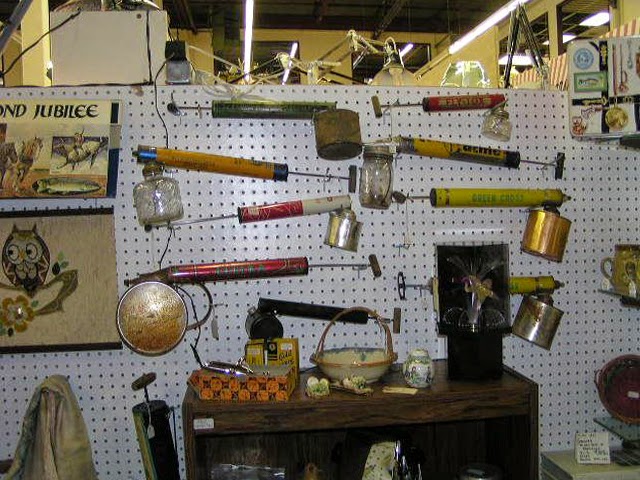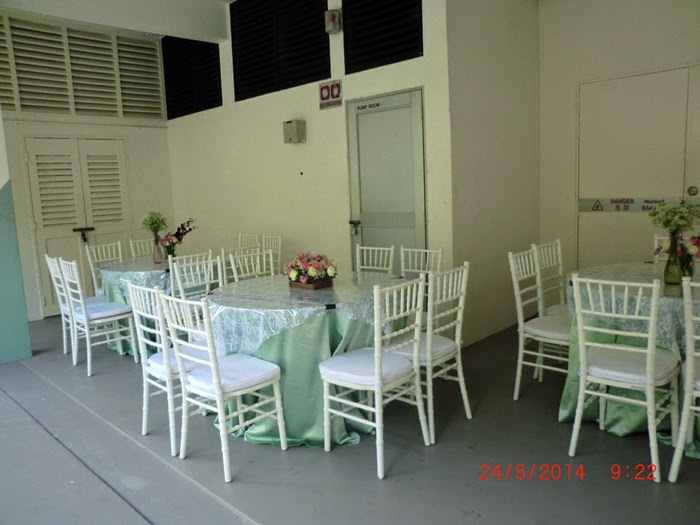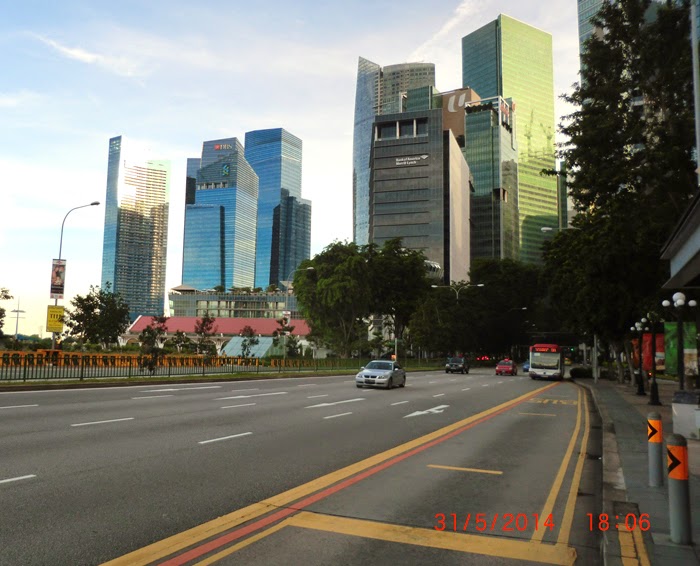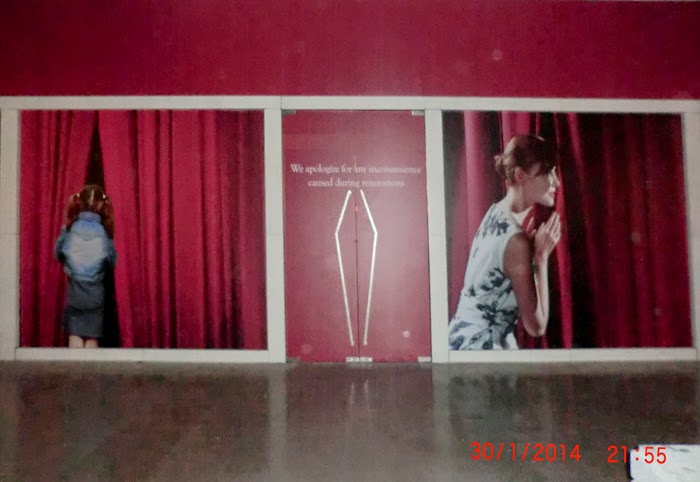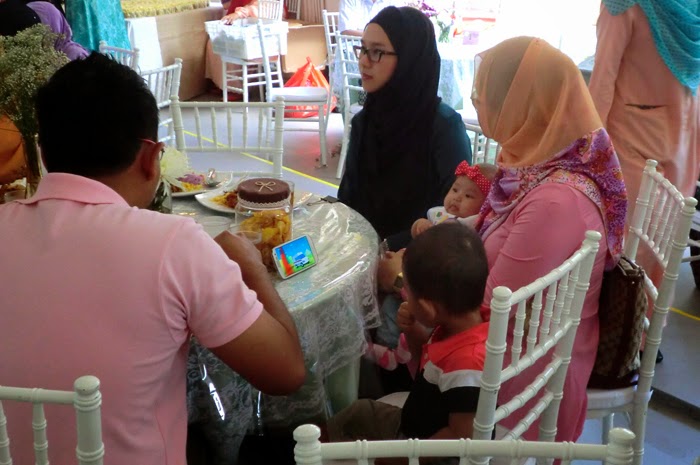![]() |
| The beginning of the Japanese Occupation (photo above) and the end of the Japanese Occupation (photo below) |
Lieutenant General Arthur Percival led by a Japanese officer, walks under a flag of truce (white flag) to negotiate the capitulation of Allied forces in Singapore, on 15 February 1942. Grim fate, it was the largest surrender of British-led forces in history. History is in the making.
This is not an academic research by a historian as a blog topic. It is based on various resources available on the Internet.
This is a personal blog to express in this learning experiences with "memory aids" to share. The archived photos curated from the National Archives of Singapore and the generous contributors to share on this blog. Thank you.
Thanks to British Pathe News, the first time in over 70 years, the unissued / unused material.are now released as video clips on the Internet.
Created at the beginning of the 20th Century by the Pathé brothers, the newsreel was the world's first televised news platform. Pioneering the technology and methods of cinema, British Pathé stayed at the forefront of filmed news for decades.
The company was founded as
Société Pathé Frères (Pathé Brothers Company) in Paris, France on 28 September 1896, by the four brothers Charles, Emile, Theophile and Jacques Pathe.
Releasing 3 newsreels a week during that period, British Pathé was the way the people of Britain experienced world events until the advent of television. Every one of those thousands of newsreels are now here and available for you to view. Follow us through the 20th Century and dive into the good and the bad times of the past. Feel free to explore more than 80,000 videos of filmed history and maybe you'll find stuff no one else has ever seen.
From the moment of its founding 118 years ago, Pathe News has filmed every epocal world event, bringing to the eyes of the public a complete history of the progress of humanity. Pathe News, the first newsreel in existence in 1896 as a public service by presenting highlight of outstanding events which have occurred since pictorial recording began.
There were many things I did not know from my parents during the Japanese Occupation in Singapore, when I was born three years later.
To cut the long story short on this blog to help myself and share with others to understand the definitive unhappy history of Singapore, please watch the selected videos.
Pathe News video on Singapore Surrender in 1945
here . Close up shot of General Sir Robert Mansergh boarding HMS 'Sussex' and saluting. General Mansergh walking towards camera. Rear Admiral Holland arrives by launch. General Christison arriving onboard ship. Japanese representatives arriving onboard Sussex. Vice Admiral Fukutomi boarding ship. General Itagaki boarding. Admiral Fukutomi and General Itagaki bareheaded enter Admiral's cabin. Close up shot of Rear Admiral Holland, General Christison and General Mansergh seated at table. Close up shot of Admiral Fukutomi signing the surrender. Close up shot of General Itagaki signing the surrender. Close up shot of the surrender manuscript. Japanese leaving after the ceremony.
The End of World War II - Speech by General Douglas MacArthur General MacArthur's Radio address to the American People, September 2, 1945
Peace Restored: the surrender of Japan and the end of World War II
September 2, 1945; At the conclusion of the Surrender Ceremony, General Douglas MacArthur, Supreme Commander for the Allied Powers, broadcast this speech:
“Today the guns are silent. A great tragedy has ended. A great victory has been won. The skies no longer rain death -- the seas bear only commerce men everywhere walk upright in the sunlight. The entire world is quietly at peace. The holy mission has been completed. And in reporting this to you, the people, I speak for the thousands of silent lips, forever stilled among the jungles and the beaches and in the deep waters of the Pacific which marked the way. I speak for the unnamed brave millions homeward bound to take up the challenge of that future which they did so much to salvage from the brink of disaster.
As I look back on the long, tortuous trail from those grim days of Bataan and Corregidor, when an entire world lived in fear, when democracy was on the defensive everywhere, when modern civilization trembled in the balance, I thank a merciful God that he has given us the faith, the courage and the power from which to mold victory. We have known the bitterness of defeat and the exultation of triumph, and from both we have learned there can be no turning back. We must go forward to preserve in peace what we won in war.
A new era is upon us. Even the lesson of victory itself brings with it profound concern, both for our future security and the survival of civilization. The destructiveness of the war potential, through progressive advances in scientific discovery, has in fact now reached a point which revises the traditional concepts of war.
Men since the beginning of time have sought peace. Various methods through the ages have attempted to devise an international process to prevent or settle disputes between nations. From the very start workable methods were found insofar as individual citizens were concerned, but the mechanics of an instrumentality of larger international scope have never been successful. Military alliances, balances of power, leagues of nations, all in turn failed, leaving the only path to be by way of the crucible of war. We have had our last chance. If we do not now devise some greater and more equitable system, Armageddon will be at our door. The problem basically is theological and involves a spiritual recrudescence and improvement of human character that will synchronize with our almost matchless advances in science, art, literature and all material and cultural developments of the past two thousand years, It must be of the spirit if we are to save the flesh.
We stand in Tokyo today reminiscent of our countryman, Commodore Perry, ninety-two years ago. His purpose was to bring to Japan an era of enlightenment and progress, by lifting the veil of isolation to the friendship, trade, and commerce of the world. But alas the knowledge thereby gained of western science was forged into an instrument of oppression and human enslavement. Freedom of expression, freedom of action, even freedom of thought were denied through appeal to superstition, and through the application of force. We are committed by the Potsdam Declaration of principles to see that the Japanese people are liberated from this condition of slavery. It is my purpose to implement this commitment just as rapidly as the armed forces are demobilized and other essential steps taken to neutralize the war potential.
The energy of the Japanese race, if properly directed, will enable expansion vertically rather than horizontally. If the talents of the race are turned into constructive channels, the county can lift itself from its present deplorable state into a position of dignity.
To the Pacific basin has come the vista of a new emancipated world. Today, freedom is on the offensive, democracy is on the march. Today, in Asia as well as in Europe, unshackled peoples are tasting the full sweetness of liberty, the relief from fear.
In the Philippines, America has evolved a model for this new free world of Asia. In the Philippines, America has demonstrated that peoples of the East and peoples of the West may walk side by side in mutual respect and with mutual benefit. The history of our sovereignty there has now the full confidence of the East.
And so, my fellow countrymen, today I report to you that your sons and daughters have served you well and faithfully with the calm, deliberated determined fighting spirit of the American soldier, based upon a tradition of historical truth as against the fanaticism of an enemy supported only by mythological fiction. Their spiritual strength and power has brought us through to victory. They are homeward bound—take care of them.”
Japanese Occupation (1942-1945) - Former Minister Mentor Lee Kuan Yew At the Ground-breaking Ceremony of the Civilian War Memorial monument on
15 June 1963, VIPs, Inter-Religious Organisations, members of the consular corp, community leaders, and others, watched Prime Minister Lee Kuan Yew perform the ceremony of "turning (or breaking) the sod", to launch the project. Prime Minister Lee in his speech said, "
However painful the past, we have to live and plan for the future, without being hobbled by past experiences". He added, "dedicating the ground to the memory of all races and religion who died in Japanese-occupied Singapore, was part of the process of making the past less unbearable. We cannot forget, nor completely forgive, but we can salve the feelings that rankle in so many hearts, first in symbolically putting these souls at rest, and next in having the Japanese express their sincere regret for what took place. It is in this hope that I officiate at today's ceremony."
When the monument was successfully completed and unveiled the Civilian War Memorial monument on
15 February 1967, the 25th anniversary of the Fall of Singapore in his speech, Prime Minister Lee Kuan Yew said: "
We meet not to rekindle old fires of hatred, nor to seek settlements for blood debts. We meet to remember the men and women who were the hapless victims of one of the fires of history. This monument will remind those of us who were here 25 years ago, of what can happen to people caught completely unaware and unprepared for what was in store for them. It will help our children understand and remember, what we have told them of this lesson we paid so bitterly to learn".
Before the Prime Minister unveiled a plaque, and laid the first wreath on behalf of the Government and the people of Singapore, prayers were said by leaders of the Inter-Religious Council representing Muslims, Buddhists, Christians, Hindu, Jewish, Sikh and Zoroastrian faiths. A 3-minute silence followed the laying of the wreaths. Many families of the dead were there, especially their weeping mothers.![]() |
| The plaques are inscribed in the four official languages of Singapore |
Japanese Occupation (1942-1945) - Prime Minister Lee Hsien Loong Prime Minister Lee Hsien Loong was the keynote speaker at the conference organised by Nikkei with the theme "The Future of Asia" on 23 May 2013. The selected excerpt of his speech mentioned about the Japanese Occupation:
He said: "I think their leaders understand this. If you watch what they say to themselves, they often remind themselves that it is necessary for China to be a benign power and not to repeat the mistakes of previous powers which have tried to succeed through force of arms."
Concerns were again raised over Japan's relations with its neighbours, which are fraught with historical baggage over what happened during World War Two.
The audience was captivated by the prime minister's stories of his own personal experience.
Mr Lee said: "Many years have passed. The strategic situation is completely different. The population who has grown up, it's a new generation, so it's not the same situation as before.
"In the case of Singapore, the first generation who lived through the war and the very, very difficult conditions when the Japanese invaded Singapore, they will never forget the experience.
"Every year on the anniversary of the fall of Singapore, February 15, old people go there to remember the relatives who died and they weep. So they will never forget it.
"My parents' generation never will forget it till the day they die because they lived through that and they know what it was.
"My generation didn't live through that but we know from our parents what it was like and their stories...if my father had been taken away, he would not have come back and I would not have been here today.
"My uncle - my mother's brother - was taken away, never came back. So these memories mean something.
"My children's generation, they don't have these memories, not even second-hand, maybe third-hand. So we've moved on and as a society we've moved on."
Mr Lee went on to say: "In the 1960s there was a period when we discovered the mass graves where the civilians had been massacred and buried in Singapore. There was an outcry.
"I remember the day because I saw them coming to dig up the graves, because it was next to my school.
"There was a big outcry. I think the Japanese government made an apology and donated some money and we built a memorial.
"
So, between Singapore and Japan, the story is: the chapter is closed. Officially we have moved on and we've had very good relations between Singapore and Japan since then, in investments, trade, cooperation, many areas."I think, with other countries in Asia, you have not reached that point. Certainly, with China, you are nowhere near that point; with Korea, you have not reached that point.
"So, if you re-open old subjects - whether it's comfort women, whether it's aggression, whether there's an apology or no apology - well, it's your prerogative to do so.
"But you have to consider whether this will be helpful in the context of the relations with other Asian countries and whether it's the most important thing you want to do. But that's for Japan to decide."
ここにしか咲かない花 テン・ブン・ソン・ジェレミー (Jeremy Teng)
Who is Jeremy Teng? Facebook friends announced him as the Singaporean pride!
He is the first Singaporean who won the Japanese TV program show Nodojiman (Singing contest). Please watch this video
here .
Music is an universal language to bring peace to the world! Enjoy!






_edit_sm.jpg)


_edit_sm.jpg)
_edit_sm.jpg)
_edit_sm.jpg)

_edit_sm.jpg)
_edit_sm.jpg)







































